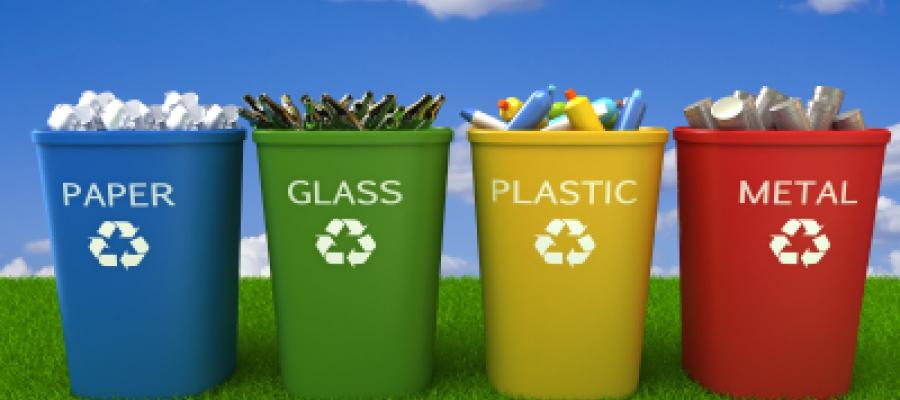
Each person produces an average of 590 kilos of waste per year. It’s a lot!
And that’s twice as much as forty years ago. This is a problem, because a lot of this waste ends up in nature and pollutes the environment.
Fortunately, solutions exist to reduce our waste.
Every second in the world, humans produce more than 100 tonnes of waste, the weight of 20 elephants.
And when it is stored in landfills, dumped in the oceans or burnt, this garbage pollutes. With a few simple actions, however, it is possible to put our trash cans on a diet.
So how do you manage to throw away less?
Throwing less means, first of all, wasting less. Buying in small quantities helps avoid throwing away stale foods that you haven’t eaten.
Another tip: prefer products with less plastic or cardboard packaging.
And check that a product is finished before replacing it. Every year, 70,000 tonnes of toothpaste left in the bottom of the tube is needlessly wasted.
When it comes time to throw away, we have fun sorting so as not to put all our waste in the big trash can. Peelings, dry bread or eggshells: go to the composter.
In a container, you can turn into fertilizer for the plants. Paper, cardboard, glass or plastic are put in special containers for recycling.
Light bulbs, batteries and electronic equipment are deposited in terminals, at the entrance of many stores. So, little by little, the trash that used to receive all our waste is shrinking, shrinking… It is a collective challenge.
And it is in this spirit that the European Week for Waste Reduction is being organized in November.
What is the point of recycling?
In one year, humans produce 2 billion tonnes of waste. And that number keeps increasing! Fortunately, more and more countries are recycling… and so are you!
But what is it for exactly? And how is this recycling going?
Globally, 2 billion tonnes of waste are produced each year and this figure is steadily increasing. So, it is urgent to act.
Recycling is one of the solutions, as a waste management service. The principle is to use an object that has been thrown away, to participate in the manufacture of a new product.
Recycling thus partly preserves the planet’s resources and also reduces the pollution of treated waste. Not to mention that tons of waste are thrown into nature.
But how is the recycling going?
First of all, each waste must be placed in the correct bin so that it is sent to a sorting center.
The waste is then selected on a conveyor belt and then sent to specialized factories for processing. Thus, with 27 plastic bottles, you can make a sweater and it takes more than a hundred cans to make a scooter.
Recycling is not the silver bullet, however. For example, only 9% of plastic is recycled in the world. So how do you recycle more?
When buying, choose materials that are best recycled, such as glass or cardboard. You can help yourself with this logo indicated on recyclable objects.
But above all, you have to think before buying a product, see if you really need it and if a broken object can be repaired. Through these simple actions, we can together contribute to preserving the planet.

